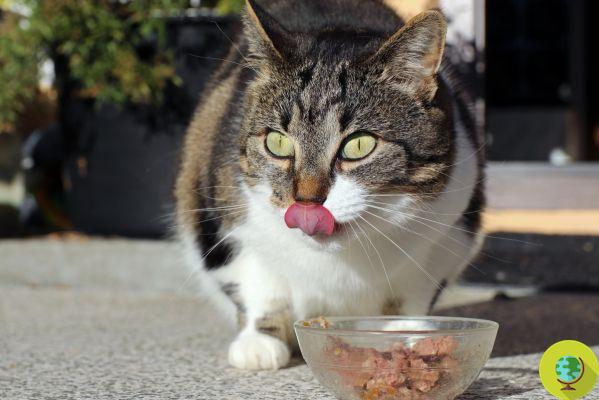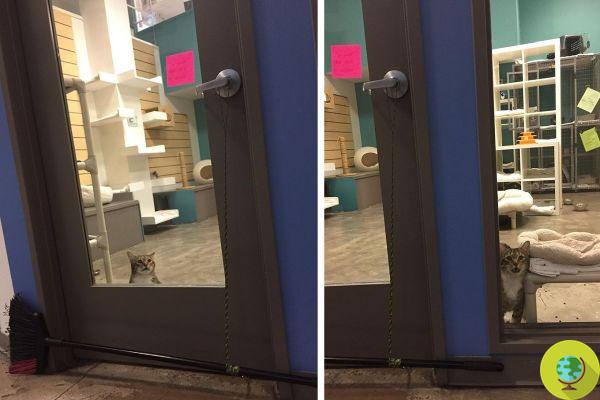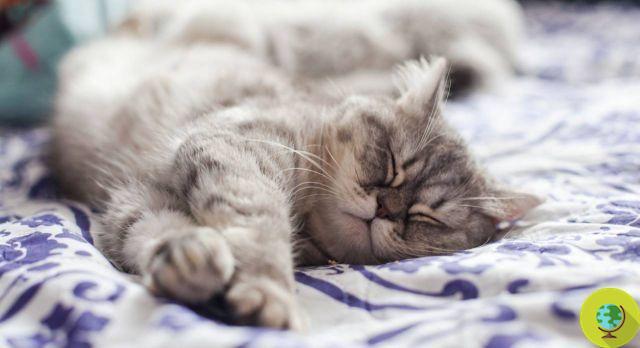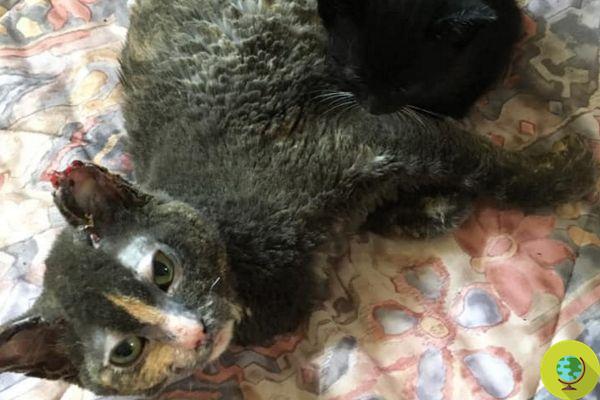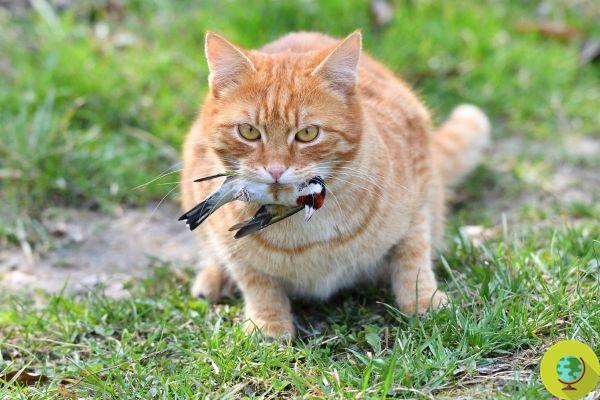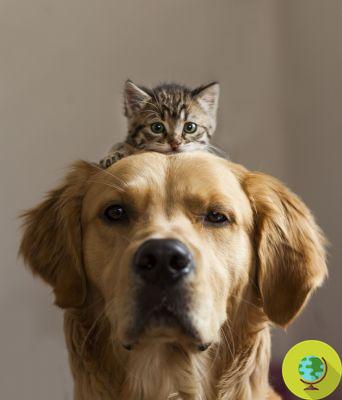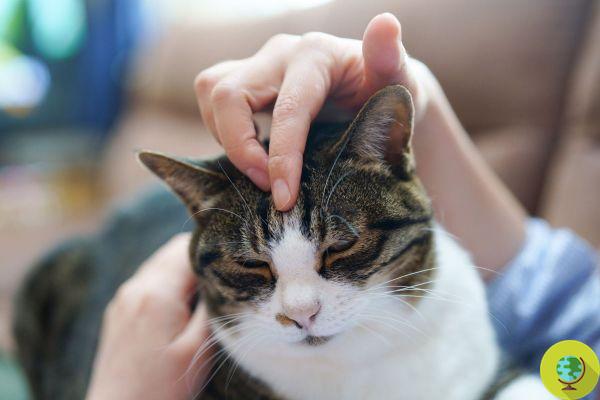
Paying attention to the behavior of cats and evaluating where to pet them are the keys to improving the relationship with our feline friends
Feline behavior experts have found that paying close attention to cats' behavior, their body language and evaluating where to pet them are the keys to improving relationships with our feline friends.
Cats do not enjoy a good reputation in terms of affection, and we also know that they often dislike being touched or caressed: many studies have shown that the aggressiveness shown by these animals towards humans, especially during human interaction- cat, it is far from rare. (Read also: How to make friends with a cat? Squint and blink)
For this reason, at Nottingham Trent University, a team of researchers worked in collaboration with a non-profit association that deals with animals to develop real 'guidelines' for those who have a cat as a pet - especially aimed at to those people who have difficulty recognizing when the animal appreciates the pampering that is given to him or not. (Read also: In order not to let your cat hate you, you absolutely must avoid doing these 6 things)
The key points of these guidelines are three, not surprisingly summarized with the acronym CAT - CONTROL - ATTENTION - TOUCH. In particular:
- Control that is, allowing the cat to choose where to be pampered and giving him the 'control' of the action. According to the authors of the study, giving the cat choice and control is the key to making him feel happy and comfortable in the moment of cuddling: for example, we can put our hand close to the cat and let him decide whether or not he wants to be stroked (if he is eager to cuddle, he will begin to rub against his hand); also, we should allow the cat to walk away and walk away if he has enough, without trying to block or follow him - this would limit the feline's feeling of control.
- WARNINGS, that is, pay attention to the cat's behavior and its body language. It is good to pay close attention to the cat's reactions to cuddling. If he moves his head or moves away, if he rotates or flattens his ears, if he shakes his head or licks the tip of his nose, if the hair on his back stands up or if his tail wags suddenly - these are all signs that our friend hairy may need a 'break' from cuddling. Similarly, if the cat freezes, stops purring or rubbing on his hand, he suddenly begins to clean himself - even in this case our cuddles are obviously unwelcome.
- TOUCH: pay attention to the parts of the body that are caressed. As for the 'where', most cats love to be scratched at the base of the ears, around the cheeks and under the chin - although each cat has its own preferences, so pay special attention to how the animal is responds to stimulation of different parts of the body.
To test these guidelines, the researchers monitored volunteers in their interactions with 100 house cats and studied the behavior and posture held by the cats while cuddling: each participant had to deal with six cats - three before reading. the guidelines and three later. It was found that the cats showed much less discomfort or aggression if the people who cuddled them followed the advice of the experts: the animals were generally less anxious, frustrated or nervous during interactions with humans and rarely adopted rigid postures.
Follow us on Telegram | Instagram | Facebook | TikTok | Youtube
Fonte: Frontiers in Veterinary Science
On cats you may also be interested in:
- Summer heat: how to protect our cats?)
- How much and how do cats sleep?
- Licking, 'kneading', blinking: this is how cats show us their love
- Too much cuddling stresses cats: 4 tips for happy cats
- How to keep cats away from pots and plants
- [VIDEOTUTORIAL] How to build a toy for your cat at (almost) zero cost
- We reveal why cats love boxes so much (and "snub" the kennel)




